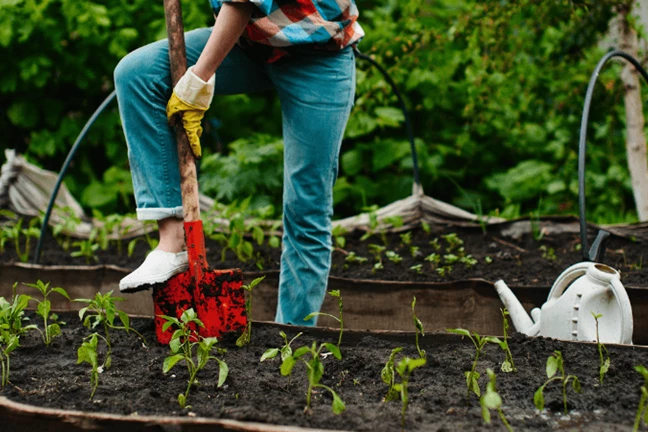Peat moss is a valuable organic material that benefits your vegetable garden greatly. Its unique properties contribute to improved moisture retention, enhanced soil structure, and increased nutrient availability. This blog will walk you through the procedure of using peat moss in your vegetable garden for better results.
Preparing the Garden Bed
1. Clearing the Area
Before incorporating peat moss, ensure the garden bed is clear of any weeds, rocks, or debris. It will provide a clean and optimal environment for your vegetables to grow.
2. Loosening the Soil
Using a garden fork or tiller, loosen the soil in the garden bed to a depth of at least 8-10 inches. It will improve aeration and drainage, allowing the roots to penetrate easily.
3. Removing Weeds and Debris
Take the time to remove any persistent weeds or unwanted plants from the garden bed. It will prevent competition for nutrients and space, ensuring the best conditions for your vegetable plants.
Incorporating Peat Moss into the Soil
1. Determining the Amount of Peat Moss Needed
Calculate the amount of peat moss required based on the size of your garden bed. Generally, a 2 to 3-inch layer of peat moss is recommended for optimal results.
2. Applying Peat Moss to the Garden Bed
Spread the calculated peat moss evenly over the garden bed. Make sure to cover the entire area, paying attention to avoid clumps or uneven distribution.
3. Mixing Peat Moss with the Existing Soil
Using a garden rake or shovel, gently mix the peat moss with the loosened soil. Aim for thorough incorporation to ensure the peat moss is evenly distributed throughout the bed.
Watering and Mulching

1. Watering the Garden Bed
After incorporating peat moss, thoroughly water the garden bed to ensure proper hydration. It will allow the peat moss to settle and begin its work of retaining moisture effectively.
2. Mulching with Peat Moss
Apply a layer of peat moss as mulch around your vegetable plants. It will help conserve moisture, suppress weed growth, and regulate soil temperature.
Caring for Your Vegetable Garden
A. Regular Irrigation
Maintain a regular watering schedule to keep the soil moist, not waterlogged. Peat moss aids in retaining moisture, reducing the frequency of irrigation.
B. Monitoring Soil Moisture Levels
Regularly check the soil moisture levels by feeling the soil with your finger. Adjust the watering accordingly to ensure the plants receive adequate hydration.
C. Fertilizing the Plants
Peat moss does not provide significant nutrients, so it's important to fertilize your vegetable plants as needed. Choose an appropriate fertilizer and follow the recommended application instructions.
Conclusion
By incorporating peat moss into your vegetable garden, you can significantly enhance the growth and productivity of your plants. Follow these steps, from preparing the garden bed to caring for your vegetables, to achieve better results and enjoy a bountiful harvest. Start using peat moss in your vegetable garden today and reap the rewards of healthier, more robust plants.


